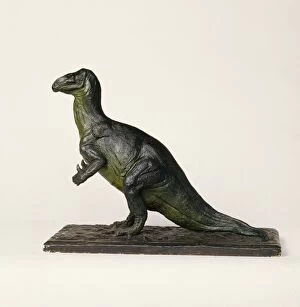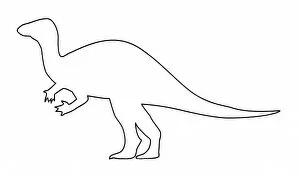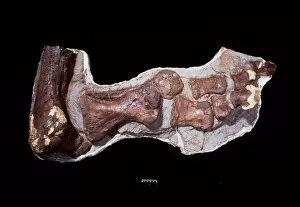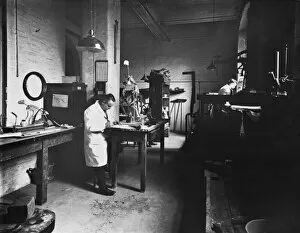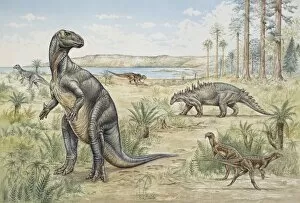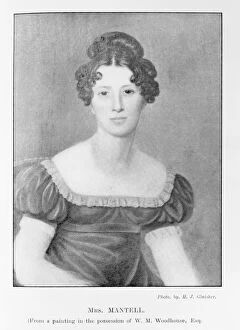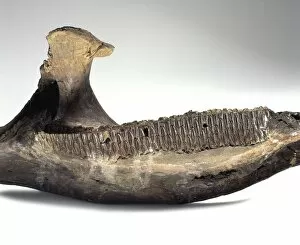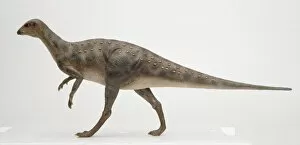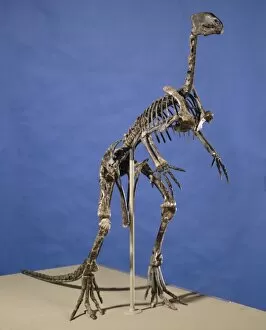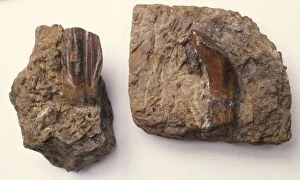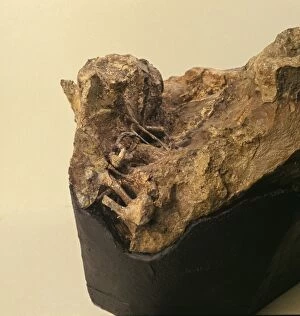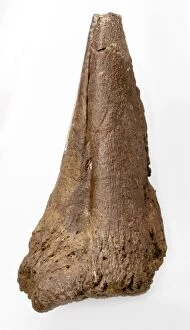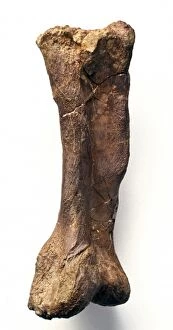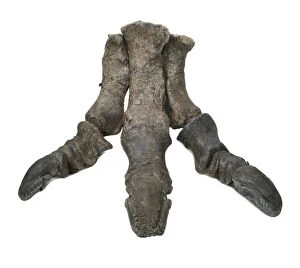Euornithopoda Collection (#3)
"Unveiling the Enigmatic Euornithopoda: A Journey through Time" Step into the fascinating world of Euornithopoda
For sale as Licensed Images
Choose your image, Select your licence and Download the media
"Unveiling the Enigmatic Euornithopoda: A Journey through Time" Step into the fascinating world of Euornithopoda, a group of herbivorous dinosaurs that roamed the Earth during the Secondary Period. This captivating caption takes you on an adventure filled with intriguing discoveries and remarkable fossils. Amongst these magnificent creatures were Iguanodon and Hylaeosaurus, two iconic representatives of this dinosaur family. Their remains were first unearthed in The Wealden, a geological formation known for its rich fossil record. Restorations based on these findings can be admired at Crystal Palace Park, offering visitors a glimpse into prehistoric life. One cannot overlook Corythosaurus and its extraordinary cranial crest resembling a musical instrument. Equally impressive is the Parasaurolophus skeleton, showcasing their unique adaptations for communication through sound. Restorations of secondary period animals provide us with valuable insights into their appearance and behavior. Witnessing reconstructions of Iguanodon alongside Megalosaurus allows us to comprehend their comparative sizes and appreciate the diversity that once thrived on our planet. Heterodontosaurus stands out as another intriguing member due to its distinct heterodont dentition – different types of teeth serving various purposes within one species. Imagine being invited to dinner in Iguanodon on December 31st, 1853. This whimsical event highlights our fascination with these ancient creatures and invites us to ponder what it would have been like to witness them firsthand. Euornithopoda's dental legacy lives on through preserved fossils such as an Iguanodon tooth – a tangible connection to their existence millions of years ago. Additionally, examining Hypsilophodon's skull sheds light on its anatomy while observing its delicate foot structure provides clues about locomotion patterns. As we explore the wonders of Euornithopoda, we are reminded of the vast diversity that once roamed our planet.


